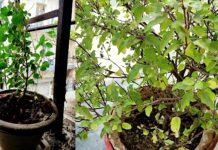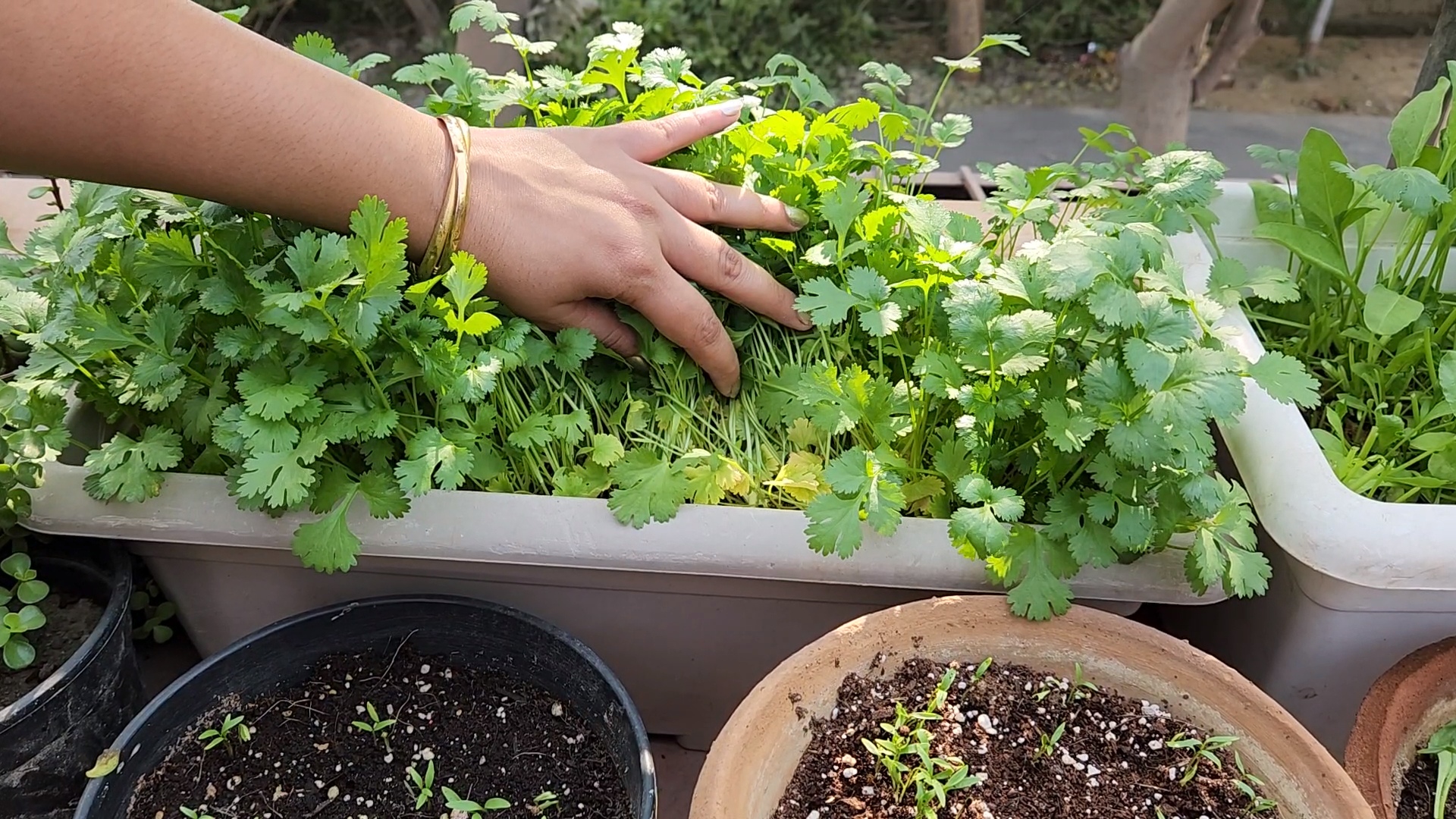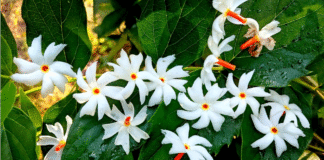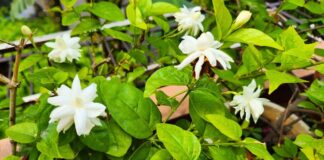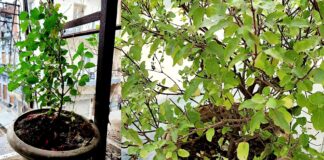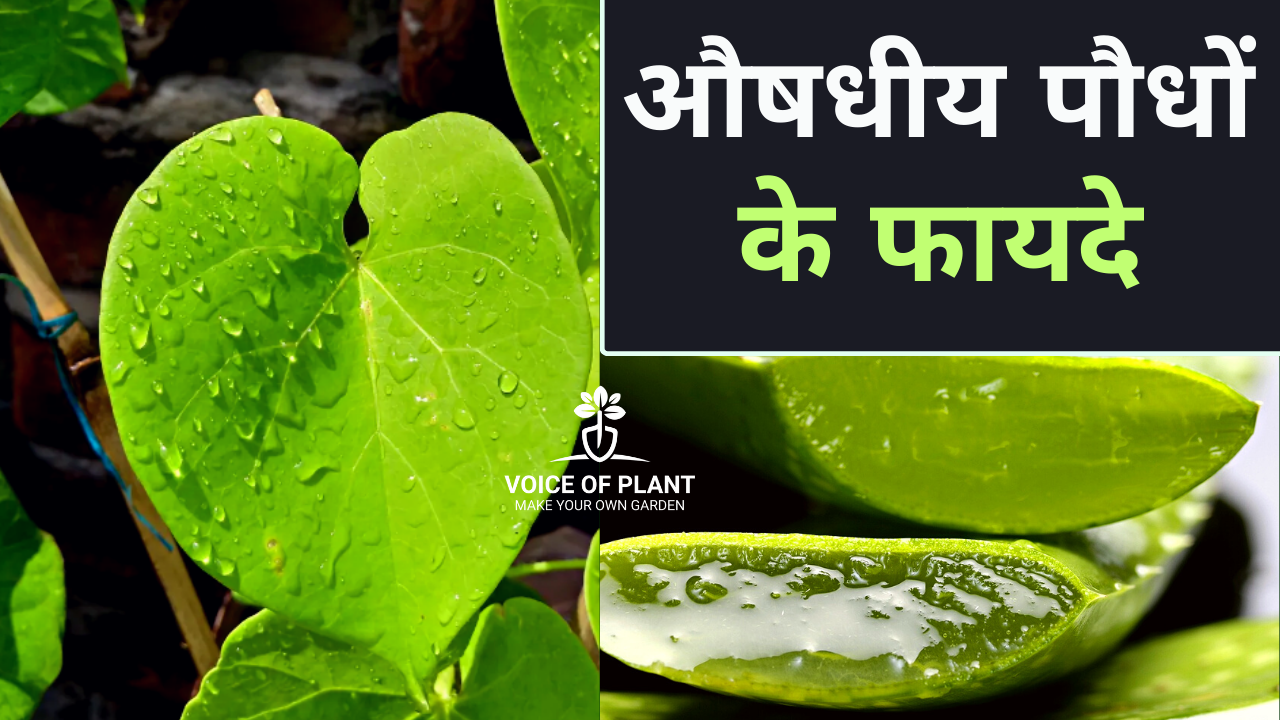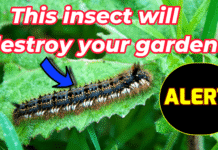Hibiscus Care in Monsoon to Boost Flowering: Caring for hibiscus plant during the rainy season can be both challenging and rewarding. The increased moisture and cooler temperatures provide an excellent environment for these vibrant flowers to thrive, but they also introduce a higher risk of pests and fungal diseases.

To ensure your hibiscus plant bloom to their fullest potential, here are ten essential care tips that will help you navigate the monsoon season effectively.
Hibiscus Care in Monsoon Season
1. Pruning of Leaves & Stems

Pruning is a crucial practice for maintaining the health and vitality of your hibiscus plants.
Why pruning is important:
Regularly removing yellow leaves and dead stems helps redirect the plant’s energy towards new growth and flowering.
- By pruning these off, you not only improve the plant’s appearance but also its overall health.
If you are not sure, how to do pruning, check here our complete guide on pruning of plants:
Pruning of Plants: Why, When & How
2. Use of Neem Oil Pesticide

During the monsoon season, hibiscus plants are more susceptible to pest infestations.
- Neem oil is a natural and effective pesticide that can be used to protect your plants from various pests.
- Neem leaves water solutions can also be applied to the leaves, soil, and buds of the plant to prevent and control pest attacks.
How to use neem oil:
- Mix neem oil with water as per the recommended dosage.
- Spray the solution on the hibiscus leaves and soil.
- Repeat the application every two weeks or after heavy rain.
How to Make Neem Pesticide at Home
3. Tilling of Soil
Tilling the soil around your hibiscus plants improves aeration, which is vital for root health.
- Well-aerated soil allows roots to absorb nutrients and water more efficiently.
- Additionally, incorporating neem cake powder into the soil can prevent pest and fungal attacks, enhancing the soil’s fertility.
Steps for Effective Tilling:
- Loosen the topsoil gently without damaging the roots.
- Mix in neem cake powder for added pest protection.
- Ensure the soil remains loose and well-drained.
4. Give Fungicide Water in Soil
Fungal infections are common during the rainy season due to the high humidity and moisture levels.
- Using a fungicide solution or cinnamon powder in the soil can help prevent fungal attacks.
- Fungicides help protect the roots and lower stems from rot and other fungal diseases.
5. Onion Peel Fertilizer

Onion peel fertilizer is an excellent natural nutrient source for hibiscus plants. Rich in potassium, phosphorus, and calcium, it promotes overall plant health and boosts flowering. This simple, homemade fertilizer is easy to prepare and highly beneficial for your plants.
How to use onion peel fertilizer:
- Collect onion peels and soak them in water overnight.
- Strain the liquid and use it to water your hibiscus plants.
- Apply this fertilizer once a week for best results.
Also, check – Best Fertilizer for Hibiscus Plant
6. Repotting Hibiscus Plant
The monsoon season is an ideal time for repotting hibiscus plants.
- The cooler temperatures and increased moisture levels reduce transplant shock, allowing the plant to establish itself quickly in its new pot.
- Ensure the new pot has good drainage to prevent waterlogging.
Repotting Tips for Hibiscus:
- Choose a pot that is slightly larger than the current one.
- Use fresh, well-draining potting soil.
- Water the plant thoroughly after repotting.
7. Root Pruning of Hibiscus plant
Root pruning involves trimming back the roots to encourage new growth and prevent the plant from becoming root-bound.
- This practice is best done during the monsoon season when the plant can recover quickly due to the favorable growing conditions.
How to do root pruning of hibiscus:
- Gently remove the plant from its pot.
- Trim back any overgrown or dead roots.
- Replant in fresh soil and water well.
8. Avoid Overwatering
Hibiscus plants are prone to root rot if overwatered.
- The key is to water only when the soil is completely dry.
- During the rainy season, natural precipitation often provides sufficient moisture, so it’s important to monitor soil moisture levels closely.
How to water Hibiscus:
- Check the soil moisture with your finger before watering.
- Water only when the top inch of soil is dry.
- Ensure pots have proper drainage to prevent waterlogging.
Also, check – How to care Hibiscus plant
9. Check Pot for Drainage
Good drainage is essential for hibiscus plants, especially during the rainy season.
- Poor drainage can lead to waterlogged soil, which causes root rot and other issues.
- Ensure your pots have drainage holes and that they are not blocked.
10. Sunlight for Hibiscus Plant

Hibiscus plants thrive with 5-6 hours of direct sunlight each day.
- During the rainy season, cloudy days can reduce sunlight exposure.
- Ensure your plants receive adequate light by placing them in the sunniest spot available.
Conclusion
Caring for hibiscus plants during the rainy season requires attention to detail and proactive measures. By following these ten tips, you can ensure your hibiscus plants remain healthy and vibrant, maximizing their flowering potential.
===========================================
Follow our Social media channel:
1. Voice of Plant – YouTube Channel
2. Voice of Plant Facebook Page
3. Instagram Voice of Plant Channel
Happy Gardening!
